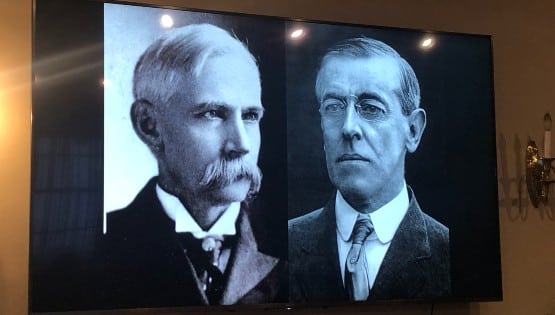
Today’s national average price of $2.21 represents an increase of three cents per gallon compared to one week ago, two cents higher than one month ago and 20 cents more than the same date last year.
The Organization of Petroleum Exporting Countries (OPEC) elected to cut its collective production when the group met Nov. 30 in an effort to rebalance the global oil supply and raise prices. Markets reacted quickly to the production agreement with crude oil prices rising, leading to increased retail prices. The deal is set to take effect in January 2017.
“Crude oil prices continue to climb following market reaction to the OPEC agreement,” said Tammy Arnette, Senior Public Affairs Specialist for AAA Mid-Atlantic. “Time will tell how long the trend of higher oil prices will continue and whether the OPEC agreement is fully carried out in January.”
At the close of Friday’s formal trading session on the NYMEX, West Texas Intermediate (WTI) crude oil closed down 18 cents from last week to settle at $51.50 per barrel. This price is $6.55 higher than a year ago. On Wednesday, the Energy Information Administration (EIA) reported U.S. crude oil refinery inputs averaged over 16.4 million barrels per day last week, 134,000 barrels per day more than the previous week’s average. U.S. crude oil imports were up by 755,000 barrels per day from the previous week. Over the last four weeks, crude oil imports averaged about 8.0 million barrels per day, 5.9% above the same four-week period last year. The EIA forecasts West Texas Intermediate (WTI) crude oil prices to average $51 per barrel in 2017.
OPEC and non-OPEC members, such as Russia, met again in Vienna on Dec. 10 to focus on additional production limits. As a result, a deal was reached to curtail oil output jointly and ease a global glut after more than two years of low prices. OPEC’s November 30 announcement to cut production beginning in January was a bid to boost crude oil prices, which had slumped to a 13-year low of $26.21 per barrel on Feb. 11, 2016 to a peak of more than $100 in June of 2014. Earlier in the week, Bank of America Merrill Lynch (BAML) said that the latest agreement by OPEC to cut production will likely turn the global oil balance into a deficit as early as the first quarter of next year. That would lead prices to start to accelerate and could move crude futures into backwardation.










